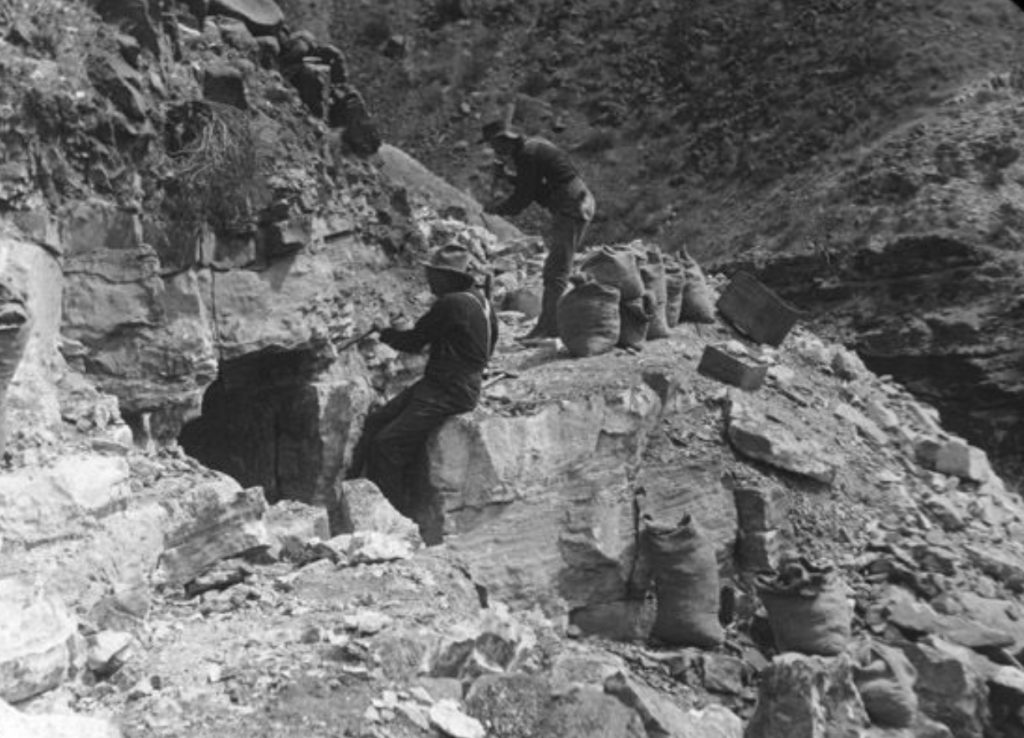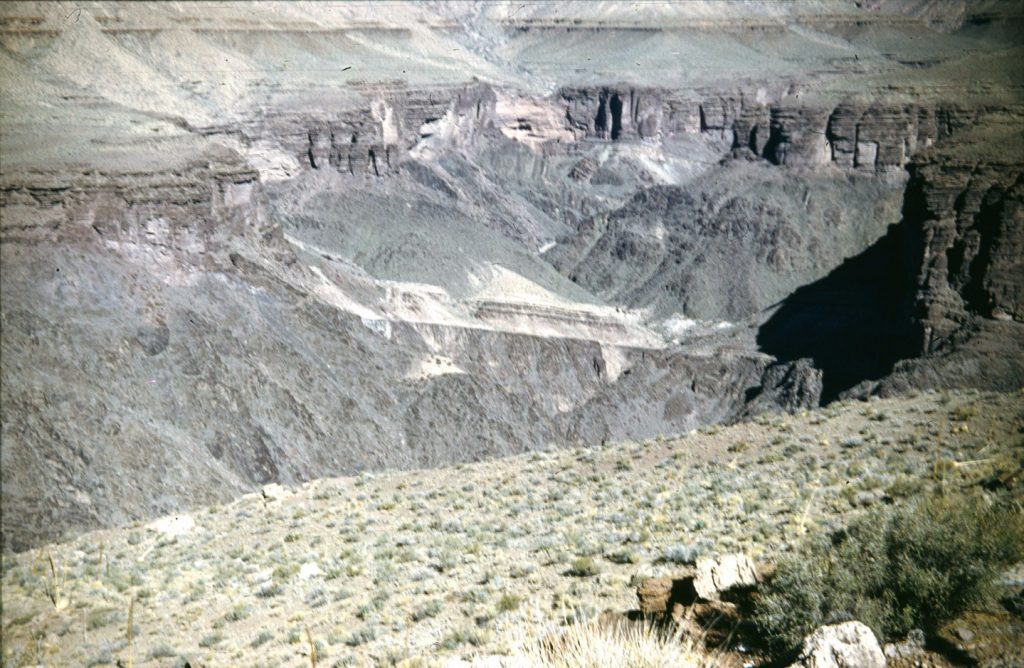
The US conservation movement in the early 1900s marked a pivotal moment in American history, as it brought about a greater awareness and appreciation for the country’s natural wonders. One such wonder is the majestic Grand Canyon, which not only captured the imagination of explorers and adventurers but also played a significant role in the battle against logging and mining industries – including asbestos mining. In this article, we delve into the conservation efforts of that era, the discovery of asbestos in the Grand Canyon, and the subsequent actions taken to protect this iconic landmark.
The US Conservation Movement
With the frontier coming to a close by 1900, some Americans began to realize the value of setting aside wilderness areas while they still remained. This led to the emergence of the US conservation movement, which aimed to preserve and sustainably manage the country’s vast landscapes and wildlife, including national parks, forests, and other protected areas. Key figures like John Muir and organizations such as the Sierra Club played crucial roles in advocating for the protection of these natural treasures. Conservation, however, came into conflict time and again with commercial interests like railroads, logging and mining companies.
Asbestos in the Grand Canyon
Asbestos, a naturally occurring mineral with remarkable fire-resistant properties, was highly valued beginning in the early 1900s. It found widespread use in various industries, including construction, manufacturing, and shipbuilding. Unfortunately, asbestos was also discovered in certain sections of the Grand Canyon.
Asbestos mining operations in the Grand Canyon were common during the early 1900s, with the mineral being extracted from the canyon’s depths. The mining activities not only disrupted the natural ecosystem but also scarred the canyon walls and exposed miners to harmful asbestos fibers, which could lead to serious health conditions later known as asbestosis and mesothelioma.

Teddy Roosevelt and the National Monument
Recognizing the importance of preserving the Grand Canyon’s natural beauty, President Theodore Roosevelt played a pivotal role in protecting this national treasure. In 1908, he declared the Grand Canyon as a national monument, thereby granting it federal protection. Roosevelt’s action marked a turning point in the US conservation movement, highlighting the significance of preserving natural wonders for future generations.
By designating the Grand Canyon as a national monument, Roosevelt ensured that the area’s natural resources would be safeguarded from further exploitation. This decision not only stopped asbestos mining as well as logging operations, but also allowed for the implementation of conservation measures to protect the fragile ecosystem of the canyon.
1908 was a decisive year for conservation efforts. During the last full year of his presidency, Teddy Roosevelt, tired of waiting for congressional action, took matters into his own hand by designating 7 other national monuments, in addition to the Grand Canyon, as well as 19 national forests – all in a single year.
Asbestos Canyon
Within the vast expanse of the Grand Canyon lies a lesser-known side canyon named Asbestos Canyon. Despite its name, Asbestos Canyon does not signify an area with active asbestos deposits. Rather, it serves as a reminder of the historical presence of asbestos and the impact it had on the region.
While asbestos mining is no longer practiced within the Grand Canyon, potential risks associated with asbestos fibers still persist only in certain, isolated portions of the canyon. It is essential for visitors to exercise caution and adhere to safety guidelines provided by park authorities when they state that an area is known to have asbestos present on the surface. Following guidance of park rangers and avoiding areas with visible asbestos deposits are crucial to ensuring a safe exploration of the Grand Canyon. For these reasons, Bass Asbestos Mine is closed to public including the area within 500-feet of the Bass Asbestos Mine and associated tailings, located within Hakatai Canyon. These are closed to public entry without a special, written permission from the superintendent pursuant to 36 CFR § 1.5 (a)(2)
The US conservation movement in the early 1900s played a vital role in protecting the Grand Canyon from further asbestos mining and preserving its natural beauty. Thanks to the efforts of Teddy Roosevelt and other conservationists, the Grand Canyon was designated as a national monument, safeguarding it for generations to come. While asbestos remains a concern in certain limited sections of the canyon, these areas are generally been closed to the public by the national park service so that generations of visitors can enjoy the grandeur of this natural wonder.

 How Are Personal Injury Claims of a Minor Child Handled?
How Are Personal Injury Claims of a Minor Child Handled? 